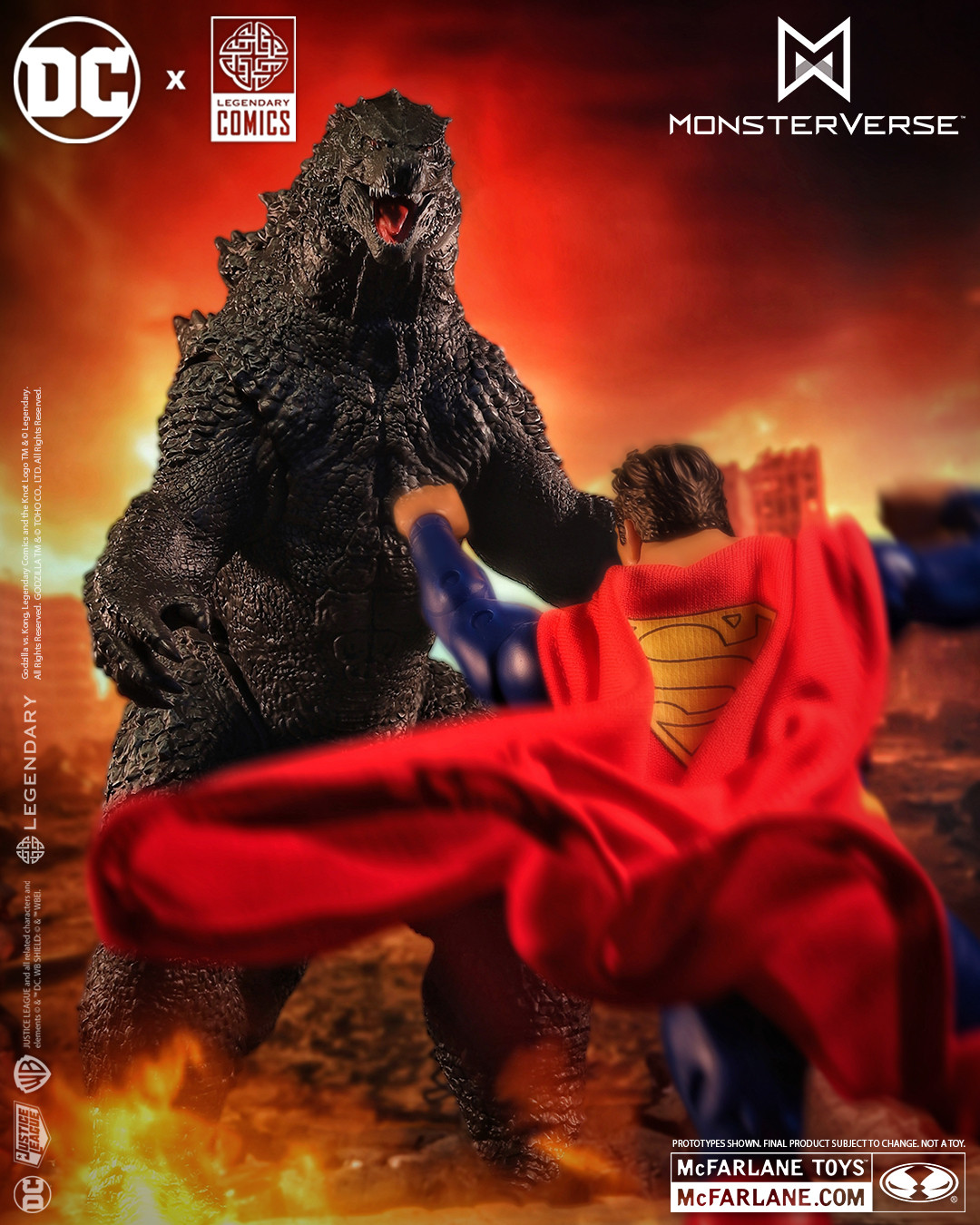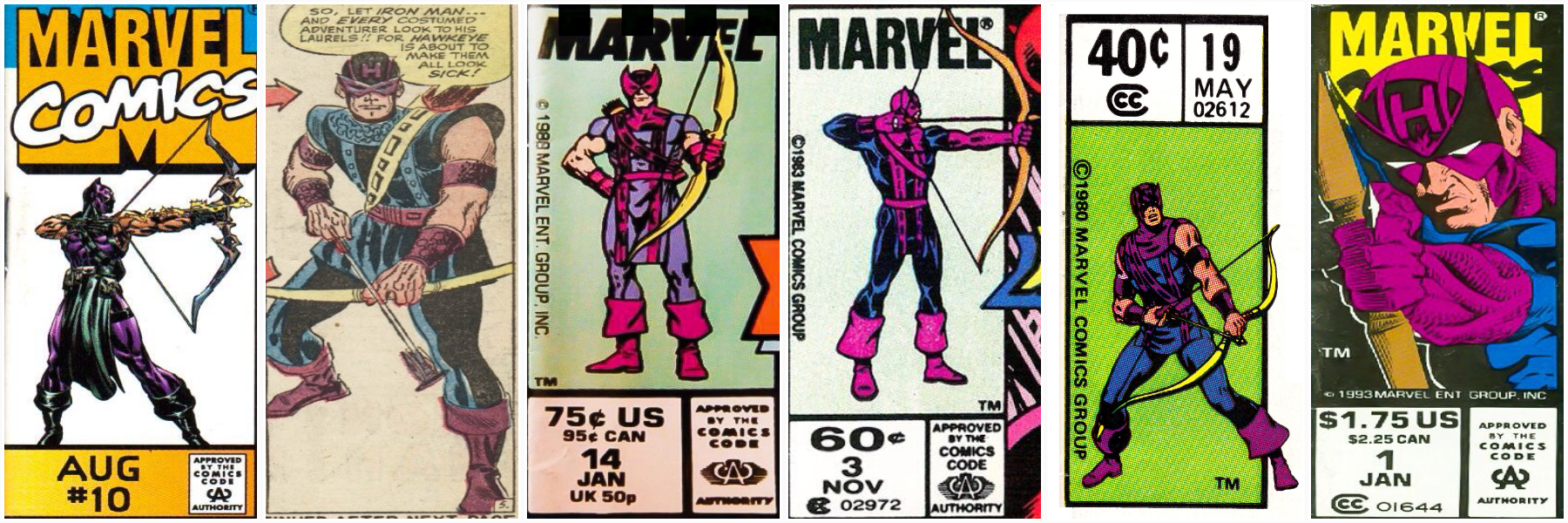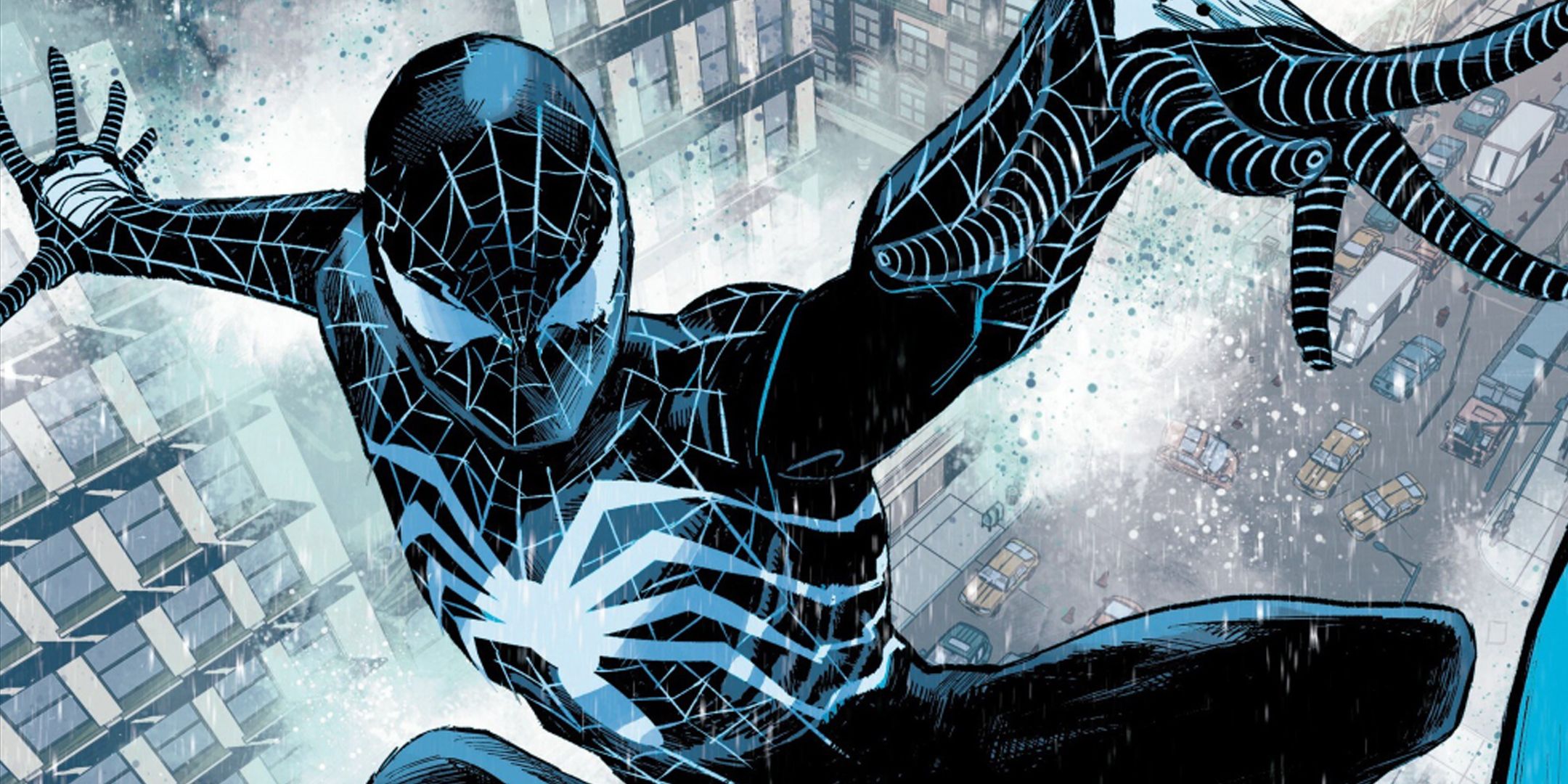BOUGHT:
DC Finest: Zero Hour: Crisis in Time: Part Two (DC Comics) This 1994 event featured a five-issue main miniseries entitled Zero Hour, the issues of which were published countdown-style, starting with issue #4 and concluding with #0. The rest of the publisher's superhero line tied-in, each of the involved issues featuring a story having something to do with the premise of time going crazy (and, ultimately, all of time and space fading into the white nothingness of a blank comic page, as reality was unmade at the climax of the miniseries). Each of these had a "Zero Hour" logo atop its cover, featuring two arrows pointed in either direction, and a splintering zero for the first "O".
The heroes succeeded in defeating the villains and recreating all of time and space by initiating a new Big Bang , resulting in a handful of continuity tweaks (Or, as time-travelling hero Waverider explains it to a crowd of heroes who weren't present for the climactic event, "Time naturally fell into the pattern we remember...with subtle differences.")
Following the events of the miniseries, each DC comic interrupted their usual numbering with a special #0 issue, featuring silver ink on the cover's "#0" and the logo, and a banner reading "The Beginning of Tomorrow!"
Several new series launched with those #0 issues, some of which lasted quite a while and achieved great acclaim (like James Robinson and Tony Harris' Starman), and others that...didn't (like Steven Grant and Vince Giarrano's Manhunter). Oh, and I see now that there was one I have absolutely no memory of ever having existed at all (Xenobrood...?).
All of these new zero issues were designed to be done-in-one stories and jumping-on points for new readers, presenting new line-ups for existing teams or teasing upcoming storylines.
This particular 500-ish page volume collects the second half of the event, which means the last three issues of Zero Hour proper by Dan Jurgens and Jerry Ordway, plus 13 tie-in issues and, somewhat surprisingly, four #0 issues from after the event...plus some 25 pages of backmatter, consisting of DC's promotional "Zero Month" sampler, a short 2019-written prose piece with a bit of behind-the-scenes info prominently featuring late editor KC Carlson and a black-and-white "ashcan" of the climax of the final issue that obscured the identity of the villain with blacked-out art and redacted mentions of his name, originally produced for a long-ago San Diego Comic Con.
You guys all know who that is by this point, right...? Hal Jordan, now calling himself "Parallax" and powered-up by absorbing anomalous energies left over from Crisis on Infinite Earths, anomalies that are depicted as balls of blank-page whiteness.
Using the energy he has gathered throughout the series, he creates waves of entropy at the beginning and the end of time, eating it away from both directions in order to unmake reality and, then, restart it, with himself as its intelligent designer, so that he can make a perfect universe free of such tragedies as the destruction of Coast City...and his own reckless and violent actions that followed it, of course.
I liked this portrayal of Hal, and thought his actions had a logic to them, and that he had enough of an in-story justification to propel him on this path (He didn't necessarily enjoy killing Hawkman, for example, but since he now had the power to resurrect him in the near future, he didn't mind doing so either if it got him out of his way).
These issues of Zero Hour mostly involve some running around and some status quo changing (like revealing which members of the JSA survived Extant's attack and what they might do following the restoration of their old ages, for example) on the way to the big revelation that Hal is behind it all, when he makes his entrance decking Superman, and then a final battle in which the various allies Waverider gathers outside of time at Vanishing Point are confronted with Extant and a handful of heroes who are swayed, at least temporarily, by Hal's "perfect universe" pitch.
All that action was followed by what to a young letter hack and future blogger was really exciting: A four-page illustrated timeline of the DC Universe, beginning 15 billion years ago with the creation of the universe and ending with "Today" (plus a tease of "The Future", which includes Professor Zoom, Booster Gold and the Legion of Super-Heroes).
While there are a few dates given, associated with the World War II era Golden Age heroes for example, this is basically a formal sliding timeline. It doesn't get into the specifics of continuity, but it does establish who debuted when in relation to one another, keeping straight things like which heroes founded the Justice League (Black Canary, not Wonder Woman), for example, whether Plastic Man was a Golden Age or Modern Age hero (the latter), when Wonder Woman arrived in Man's World (recently) and so on.
(Having studied this so rigorously in 1994, one of the things that would later annoy me following future continuity fussings-with like Infinite Crisis, Flashpoint and so on was that DC never deigned to let readers know what's what in a similar fashion...often to the detriment of stories that relied on DCU history, as individual editors and creators often didn't seem to know themselves when or if particular events happened or not.)
As for the tie-ins, they are fairly all over the place.
Some, like Guy Gardner: Warrior, are tied pretty closely to the events of the miniseries, with Guy, Steel, Supergirl and a Batgirl from an alternate timeline bouncing around time, only to be deposited directly into the action of Zero Hour #1.
Some, like Robin and Catwoman, are standalone "time goes crazy" stories, in which Robin Tim Drake works a case with Robin Dick Grayson and Catwoman and a handsome caveman chase a saber-toothed cat.
And some seem to have almost nothing at all to do with Zero Hour, other than the action fading into whiteness at the end, like Anima.
The four #0 issues are sort of curious inclusions, I think.
Two make rather perfect sense, as they deal with plotlines left dangling from Zero Hour #0. Of these, one is Green Lantern #0 by Ron Marz, Darryl Banks and Romeo Tanghal, which lets us know what happened to Hal and Kyle Rayner after they were lost during the new Big Bang and, after some teasing, resolves who will be Green Lantern going forward. It's Kyle, obviously (Marz has him narrate on the last page something along the lines of the fact that Hal's gone, he's the Green Lantern going forward, and he'll try his best.)
And the other is The Flash #0 by Mark Waid, Mike Wieringo and Jose Marzan Jr, which lets us know that Wally West did not, in fact, die during Zero Hour, but was merely temporarily lost, phantom-like, in the timestream.
The others are more-or-less random ones and could have seemingly been substituted by any of the post-Zero Hour #0 issues, I think. These are Damage #0 and Superman: The Man of Steel #0. The latter at least devotes its first few pages to Superman returning home after the event series and checking in with Lois Lane about what has or hasn't changed, as he tries to communicate to her what happens as he understands it, but it soon changes focus to setting up the next Superman storyline.
The most interesting comics in this collection?
I really rather liked Green Arrow #90 by Kevin Dooley, Eduardo Barreto and Buzz Setzer, a mostly silent issue that splits into two similar but slightly alternate timelines on the second page, one running along the top of the pages, the other on the bottom. In one Green Arrow survives, in the other he is shot to death and, as the timelines rejoins one another, he finds himself regarding his own corpse. Batman arrives, puts his hand on his shoulder, and speaks the issues only line: "We need you."
It's a time goes crazy issue, then, but a thoughtfully made one, and one which plays with a comics narrative in an unusual way.
The aforementioned Robin issue by Chuck Dixon, Tom Grummett and Ray Kryssing comparing and contrasting the two Robins is a lot of fun. So too is an 11-page short from Showcase '94, in which writer Mike McAvennie and artists Jason Armstrong and Stan Woch have a group of time-themed supervillains (Chronos, Clock King, Time Commander and Calendar Man) all team up for a heist, only to be frustrated by various time disturbances, like having to repeat actions over and over, or being interrupted by their future selves.
And, surprisingly, I kind of enjoyed the Warrior issue (I don't like Gardner as a protagonist, nor did I much care for this run of his solo comics), in large part thanks to the art, which featured pencils by Mitch Byrd, Phil Jimenez, Howard Porter and Mike Parobeck over layouts by Jackson Guice. That's a lot of cooks in the kitchen, of course, but writer Beau Smith's plot basically consists of the characters being shunted from one time period to another, the art changing each time they arrive at a different location, so it works (Jimenez's dynamic but highly detailed, rather realistic section is the Old West, wherein we get cameos from a bunch of DC-owned Western characters, while Parobeck's simple style comes into play in a sequence set during the early years of Hal Jordan's Green Lantern career).
Also of interest is the three-part storyline that ran through the Justice League titles, the Christopher Priest-written "Return of the Hero", which introduced Triumph. The powerful hero apparently helped found the Justice League, gathering Superman, Martian Manhunter, Aquaman, Flash Barry Allen, Green Lantern Hal Jordan and Black Canary to all aid him in combatting an alien threat, but, at the end of the mission, he and the aliens get knocked out of timestream and accordingly forgotten.
Triumph tells this story to what's left of the Justice League in the wake of the just-concluded "Judgement Day" story arc, which here means Elongated Man, Fire, (a) Crimson Fox, Tasmanian Devil and L-Ron-in-Trigon's body. He tries to rally this motley crew (which, of course, he is not impressed with) to help him fight the aliens, who, he assumes, must have also been released from the timestream along with him. He does this by fighting the heroes, which probably isn't the best strategy.
By the final chapter, Martian Manhunter joins them all, and ancient Atlantean sorcerer Arion makes an unexpected appearance.
Different artists draw each chapter in their vastly differing styles; I, obviously, liked the final chapter, drawn by Jimenez, the best, although Greg Larocque's pencils on the second chapter were interesting too. Howard Porter drew the cover of the first installment, featuring Triumph standing among the League founders, which made me wonder, was this the future JLA artist's first time drawing a Justice League...?
Priest would go on to write Justice League Task Force, featuring a new, stable line-up that included Triumph and ran for 20 issues. (It could use a trade collection, maybe a DC Finest one; so far DC has only collected the first handful of issues of the Task Force series, but that was in 2018). There was also a Priest-written Triumph miniseries in 1995, but I never read that.
While writing about Part One of the DC Finest collection of Zero Hour (in this column), I noted that one of the things that most excited me about it was that I had never before read a superhero crossover event series in its entirety, so I was curious about what that experience might be like.
Having now done so, I don't know that I would recommend it.
I'm not entirely sure of the logic employed in putting this collection together, if it was done so in the order of the books' release or if the editors were going for some sort of readability. But, if you were to approach me today saying you had never read Zero Hour and wanted to know the best way to do so, I think I would recommend reading Zero Hour #4-0 first and then going back to read the tie-ins that interest you most, based on either the characters or creators.
It won't hurt to read them all, of course, but reading them as presented in these two collections means a lot of starting and stopping of the main story's momentum, and a lot of detours, many of which have little if anything to do with Zero Hour. (And if you're interests are piqued by what you read in the pages of the Anima book, for example, well, good luck tracking the series down now!)
That said, I had fun with the reading experience, revisiting the event in general, and, especially, reading the handful of tie-ins that I had actually never read before, either in single issues from when they were released, fished out of long boxes from conventions, or in the previous Zero Hour collections.
And while so far the only events DC has collected in this format have been Zero Hour and the oft-collected Crisis on Infinite Earths, I'm hopeful the publisher will eventually turn its attention to its many other events, particularly those that ran in the annuals like Eclipso Unleashed and the Bloodlines books, which, due to their pages counts, are just far too big for individual trade collections, but might work in series of big collections like this.
REVIEWED:
Band Nerd (HarperAlley) The cover of this book is probably a bit deceptive. The title and image suggest a book about a young girl devoted to the school band, and while the story is that, it's actually more about her trying to cope with one of her parents' alcoholism, which she does by channeling all her time, energy and focus into earning first chair in band. Written by Sarah Clawson Willis and drawn by Emma Cormarie, it's well-made enough, and has a very distinct visual style which took me a bit of getting used to. More here.
Carousel Summer (HarperAlley) This coming-of-age story of a middle-schooler's summer-long journey learning to be herself and, even harder, coming out to her friends and family as her genuine self—while also helping her small town decide something about its own identity—is charming and effective, at turns funny and potently dramatic. It's by Kathleen Gros, who may be best known for previous queer readings and retellings of works of classic literature featuring strong female protagonists in her 2020 Jo: An Adaptation of Little Women (Sort Of) and 2022 Anne: An Adaptation of Anne of Green Gables (Sort Of). I suppose it's technically what one might refer to as a "gay" book, but the protagonist's conflicts involving growing up, changing, a first relationship and all the stuff with her family and the town itself should be relatable to anyone who is a middle-schooler or has ever been one, gay, straight or other. More here.
Ghost Town (Abrams) I thought this original graphic novel from Eric Colossal, the cartoonist responsible for Rutabaga the Adventure Chef, was a blast. Another story chronicling the last summer of a young woman before starting middle school, it features a group of kids trying to save their town from the plague of ghosts haunting it, their ghost-busting leading to a mysterious plot spanning generations and, unexpectedly, a great metaphor for the human need to move on, no matter how scary one might find change and how badly one might wish to stick with what they know. More here.
It's Jeff!: Jeff-Verse (Marvel Entertainment) Did you miss any of writer (and co-creator) Kelly Thompson and art team Gurihiru's comics starring Jeff, the puppy-like land shark? I know I did. In fact, I missed all of them after the first one, 2023's It's Jeff! Well, fear not. They are now all available in a single trade paperback. If you need to know more, I reviewed it here, but, given that this is Kelly Thompson and Gurihiru, I can't imagine anyone needing more information than that to be excited about picking this book up. I'm a huge fan of the Gurihiru team's superhero art, and Thompson gives them the opportunity to draw a wide swathe of the modern Marvel Universe here, including a story set during a pool party, which is like a Marvel Swimsuit Special embedded within a chapter of It's Jeff!...







![How To Read The Animorphs Graphic Novels [Guide + Reading Order]](https://www.howtolovecomics.com/wp-content/uploads/2025/05/animorphs-guide-feature.webp)
















 English (US) ·
English (US) ·